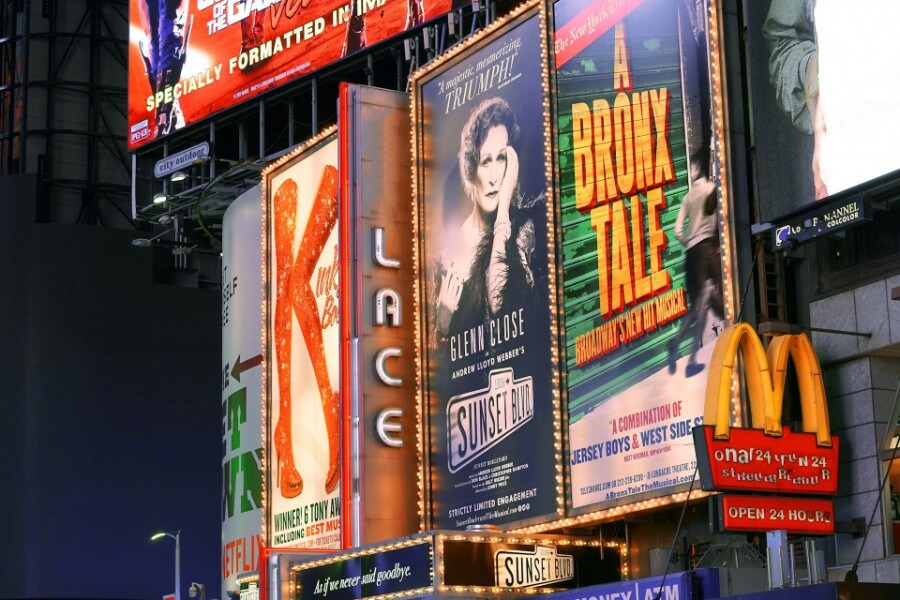
In the dynamic realm of digital marketing, ad banners play a pivotal role in the strategy mix for online advertising. Their capacity to visually engage audiences, coupled with strategic placement across the digital ecosystem, makes them an essential tool for marketers aiming to promote products, services, or enhance brand visibility. This comprehensive guide explores nuanced strategies for harnessing the potential of ad banners to craft compelling online advertising campaigns.
Deep Dive into Ad Banners
Ad banners are digital billboards placed on websites, social media platforms, and within apps, designed to catch the user’s eye and encourage interaction. They can range from basic static images to animated or interactive formats that incorporate rich media elements like video or audio. Despite the influx of new marketing channels, ad banners maintain their popularity due to their adaptability and the direct visual appeal they offer.
Designing Effective Ad Banners
Embrace Clarity and Simplicity
A common pitfall in ad banner design is overcrowding the space with too much information or too many visual elements. The most impactful ad banners are those that communicate a single, clear message with a well-defined call-to-action (CTA). The design should be straightforward, making it easy for viewers to understand the message and what steps to take next—whether that’s clicking through to a website, making a purchase, or learning more about a product or service.
Prioritize Quality and Relevance in Visuals
The choice of images, graphics, and overall design aesthetics significantly influences the effectiveness of ad banners. High-resolution images that are directly relevant to the brand and message can significantly enhance the banner’s impact. Custom graphics and unique visual elements can set your ad apart in a crowded digital space, fostering brand recognition and recall.
Optimize for Speed and Responsiveness
In our fast-paced digital environment, the loading time of your ad banner can be the difference between capturing an audience’s attention or losing it to the next page load. Ensuring your banners are optimized for quick loading across devices and platforms is crucial. This includes responsive design practices so that your ad maintains its visual integrity across different screen sizes and resolutions.
Mastering Audience Targeting
Harness Data for Insightful Targeting
The success of an ad banner campaign hinges on its ability to reach and resonate with the right audience. Utilizing data analytics allows marketers to segment audiences based on a myriad of factors, including demographic details, online behaviors, interests, and more. This targeted approach enables the customization of messaging and design to align with the preferences and needs of different audience segments, leading to higher engagement rates.
Context and Placement Matter
Where and how an ad banner is placed can significantly affect its performance. Strategic placement on websites and platforms that align with your target audience’s interests ensures that your message is relevant and engaging. Additionally, positioning your ad banner adjacent to content that complements your message can enhance its effectiveness, leveraging the user’s existing interest in the topic to drive engagement.
Optimization Through Testing
Unleash the Potential of A/B Testing
A/B testing is a critical strategy for optimizing ad banner performance. By creating variations of your ad banner and testing them with different segments of your audience, you can gather valuable insights into which elements—be it design, copy, CTA, or placement—resonate best. This empirical approach to optimization allows for data-driven decisions that enhance the effectiveness of your ad campaigns.
Continuous Performance Monitoring
The digital advertising landscape is constantly evolving, making ongoing monitoring and adaptation key to sustained success. By keeping a close eye on key performance indicators (KPIs) such as click-through rates (CTR), conversion rates, and engagement metrics, marketers can identify trends, adapt to changes in audience behavior, and refine their strategies for improved results over time.
Leveraging Technology for Enhanced Efficiency
The Role of Design Automation
Design automation tools have revolutionized the process of creating ad banners, making it faster and more efficient. These tools offer a range of templates and customizable design elements, enabling marketers to quickly produce professional-quality ads that align with brand guidelines and campaign goals.
Exploring Programmatic Advertising
Programmatic advertising has transformed the ad placement process, utilizing algorithms and real-time bidding to automate the buying of ad spaces. This technology ensures that your ad banners are displayed to the right audience at the optimal time, maximizing visibility and engagement potential.
Conclusion
Crafting effective online advertising campaigns with ad banners requires a blend of strategic design, targeted audience engagement, and continuous optimization. By focusing on creating visually appealing, relevant, and quickly loading banners, and leveraging data for precise targeting and automation technologies for efficient placement, marketers can maximize the impact of their ad banner campaigns. In the fast-paced world of digital advertising, staying adaptable and informed is key to leveraging ad banners for maximum engagement and conversion.